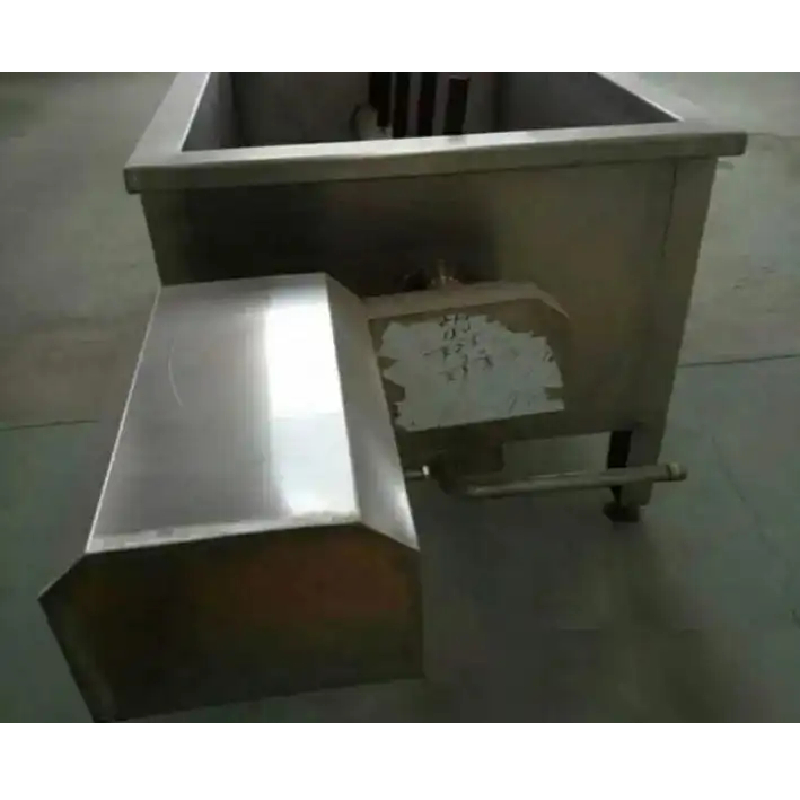Efficient Cooling Solutions with Evaporative Air Cooler Pads for Ultimate Comfort
Nov . 09, 2024 17:51 Back to list
Efficient Cooling Solutions with Evaporative Air Cooler Pads for Ultimate Comfort
Understanding Evaporative Cooling Pads in Air Coolers
As temperatures rise, finding effective ways to cool indoor spaces becomes increasingly important. One of the most efficient and environmentally friendly solutions is the use of evaporative coolers, which employ a specific component known as the evaporative cooling pad. In this article, we will explore what evaporative cooling pads are, how they function, and why they are a preferred choice for many homeowners looking to beat the heat.
What Is an Evaporative Cooling Pad?
Evaporative cooling pads are specially designed materials used in air coolers (also known as swamp coolers) that facilitate the evaporation of water to lower air temperatures. These pads are made from highly absorbent materials, typically cellulose or synthetic fibers, that allow water to permeate and create a large surface area for evaporation. When warm air passes through these pads, the moisture evaporates, cooling the air before it's circulated into the living space.
How Do Evaporative Cooling Pads Work?
The principle behind evaporative cooling is relatively simple. When water evaporates, it requires energy in the form of heat. This energy is drawn from the surrounding air, resulting in a drop in temperature. The process involves several steps
1. Water Distribution Water is stored in a reservoir within the cooler. A pump transports this water to the top of the cooling pad, where it is evenly distributed.
2. Air Movement A fan within the cooler draws hot air from the environment through the wet pad.
3. Cooling Process As the hot air passes through the moist pad, the water evaporates, absorbing heat from the air and cooling it down.
4. Circulation The now-cooled air is blown into the room, providing a comfortable indoor climate.
air cooler evaporative cooling pad

Advantages of Using Evaporative Cooling Pads
1. Energy Efficiency Evaporative coolers use significantly less energy compared to traditional air conditioning systems. They rely primarily on water and a fan, making them more affordable to operate.
2. Environmental Impact These systems contribute less to greenhouse gas emissions since they do not use refrigerants. Furthermore, evaporative coolers add humidity to dry indoor air, which can be beneficial in arid climates.
3. Cost-Effectiveness The initial investment for air coolers using evaporative pads is generally lower than that of conventional AC units. This, coupled with low operational costs, can lead to substantial savings over time.
4. Easy Maintenance Evaporative cooling pads are relatively easy to maintain and replace. Regular cleaning and replacing worn pads ensure optimal performance and longevity.
Considerations When Using Evaporative Cooling Pads
While evaporative cooling pads offer numerous benefits, certain conditions must be met for optimal performance. They are most effective in dry and hot climates where humidity levels are low. In areas with high humidity, the cooling effect may be diminished as the air is already saturated with moisture.
Additionally, it's important to select high-quality pads constructed from durable materials. Over time, pads can become clogged with mineral deposits or develop mold, reducing their efficiency. Regular cleaning and replacement are essential to maintain the system's effectiveness.
Conclusion
Evaporative cooling pads are a vital component of air coolers, offering an energy-efficient and environmentally friendly alternative to traditional air conditioning systems. With their simple operation, cost-effectiveness, and easy maintenance, they present an ideal solution for homeowners seeking relief from sweltering heat. Understanding how these pads work and their advantages can help you make informed decisions about cooling solutions for your living spaces, especially in regions where dry heat prevails. Embracing evaporative cooling technology could very well be the cool solution you’ve been looking for.
-
Hot Sale 24 & 18 Door Rabbit Cages - Premium Breeding Solutions
NewsJul.25,2025
-
Automatic Feeding Line System Pan Feeder Nipple Drinker - Anping County Yize Metal Products Co., Ltd.
NewsJul.21,2025
-
Automatic Feeding Line System Pan Feeder Nipple Drinker - Anping County Yize Metal Products Co., Ltd.
NewsJul.21,2025
-
Automatic Feeding Line System - Anping Yize | Precision & Nipple
NewsJul.21,2025
-
Automatic Feeding Line System - Anping Yize | Precision & Nipple
NewsJul.21,2025
-
Automatic Feeding Line System-Anping County Yize Metal Products Co., Ltd.|Efficient Feed Distribution&Customized Animal Farming Solutions
NewsJul.21,2025






